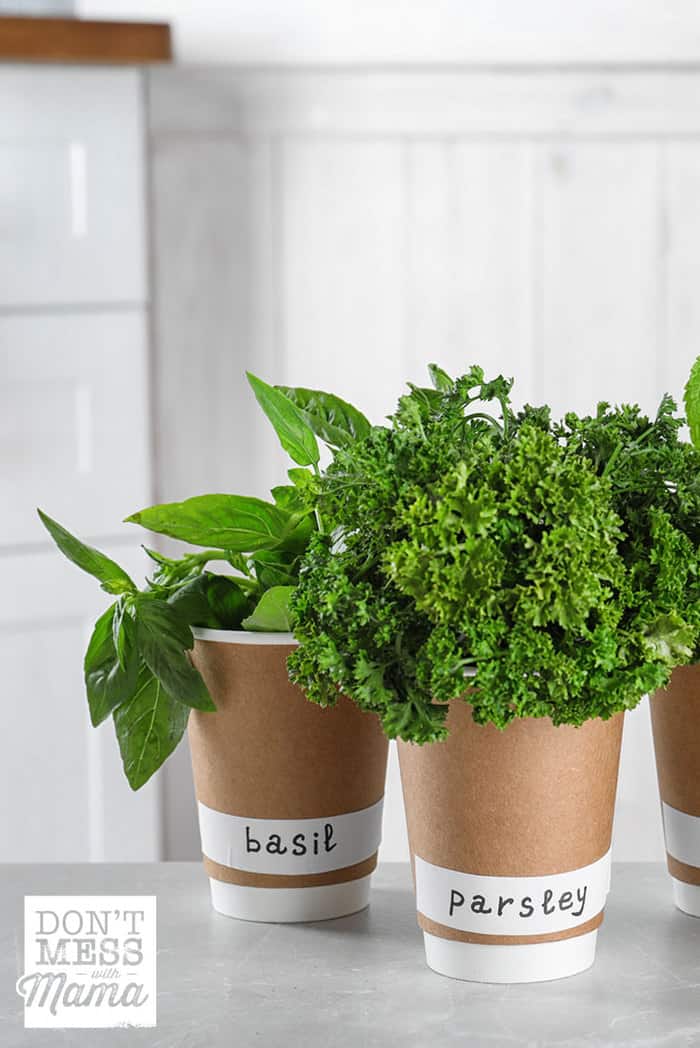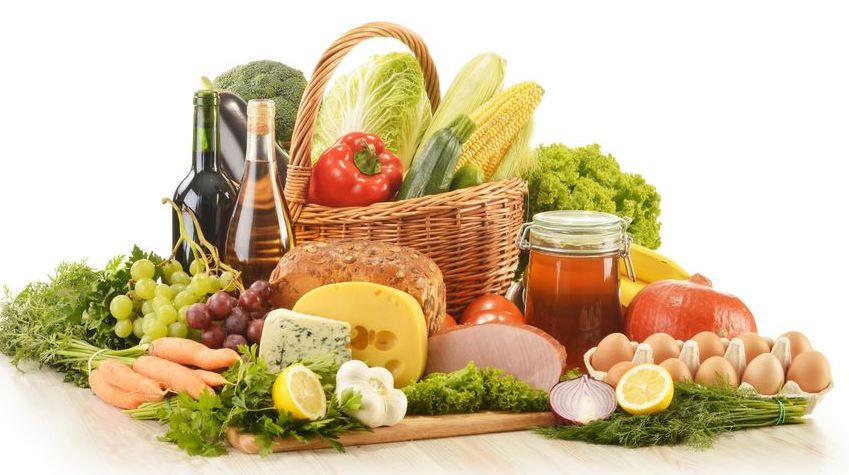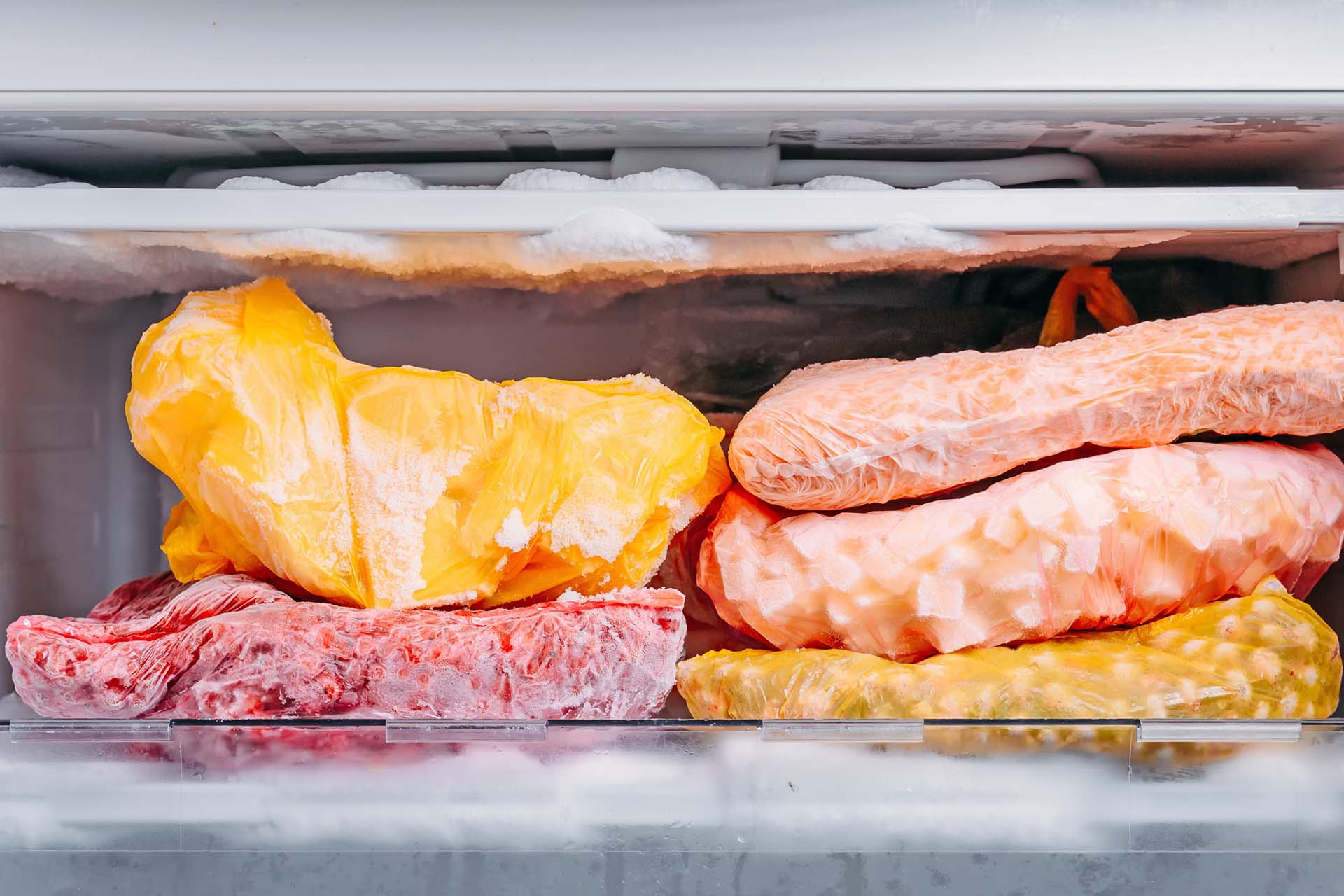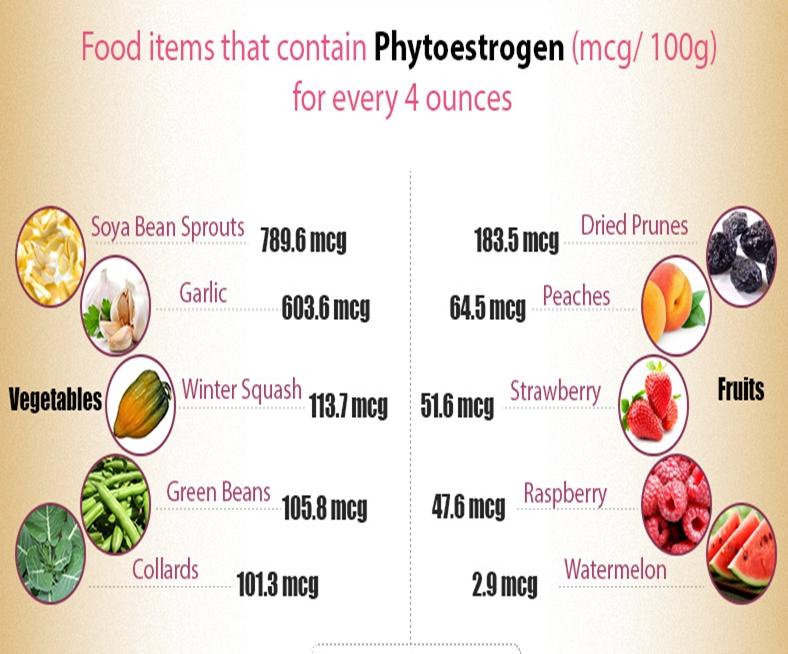Growing food indoors is an increasingly popular practice offering many benefits, including fresher produce, controlled growing conditions, and the opportunity to grow exotic plants that might not thrive outdoors in your climate. Whether you have a sunny windowsill, a spare room, or a dedicated indoor garden, there are a variety of food plants that can be successfully grown indoors.

Leafy Greens:

Leafy greens like lettuce, spinach, kale, arugula, and microgreens are easy to grow indoors, requiring minimal space and care. They can be grown in containers, trays, or even vertically on a wall, making them suitable for small apartments or homes. Leafy greens are also fast-growing, and you can harvest them within a few weeks of planting.

Herbs:
Many herbs, such as basil, thyme, rosemary, mint, and cilantro, can be grown indoors. They require well-draining soil, adequate sunlight, and regular watering. Herbs are versatile and can be used in cooking, teas, and various other household applications.
Vegetables:
Some vegetables, such as tomatoes, cucumbers, peppers, and strawberries, can be grown indoors with proper care and conditions. These plants typically require more space and light, so it’s essential to choose varieties suitable for indoor growing. Vertical gardening systems or grow tents are often used to create the necessary environment.
Fruits:
Certain fruits like dwarf citrus trees (lemons, limes, oranges), figs, and even pineapples can be grown indoors. These plants require more sunlight and space, so they are best suited for sunrooms, greenhouses, or indoor gardens. Patience is key, as these plants may take several years to bear fruit.
Microgreens:
Microgreens are young vegetable greens that are harvested within a few weeks of germination. They are packed with nutrients and flavor and can be added to salads, sandwiches, or smoothies. Microgreens can be grown in trays or containers indoors, making them a convenient and healthy addition to your indoor garden.
Root Vegetables:
Root vegetables like carrots, radishes, and turnips can also be grown indoors. They require loose, well-draining soil and moderate watering. Root vegetables take longer to mature, but they can be stored for extended periods, making them a practical choice for indoor gardening.
Before starting your indoor garden, it’s essential to research the specific requirements of the plants you choose. Factors like sunlight, temperature, humidity, and soil type can significantly impact the success of your indoor garden. Consulting gardening books, online resources, or joining indoor gardening communities can provide valuable information and support.










